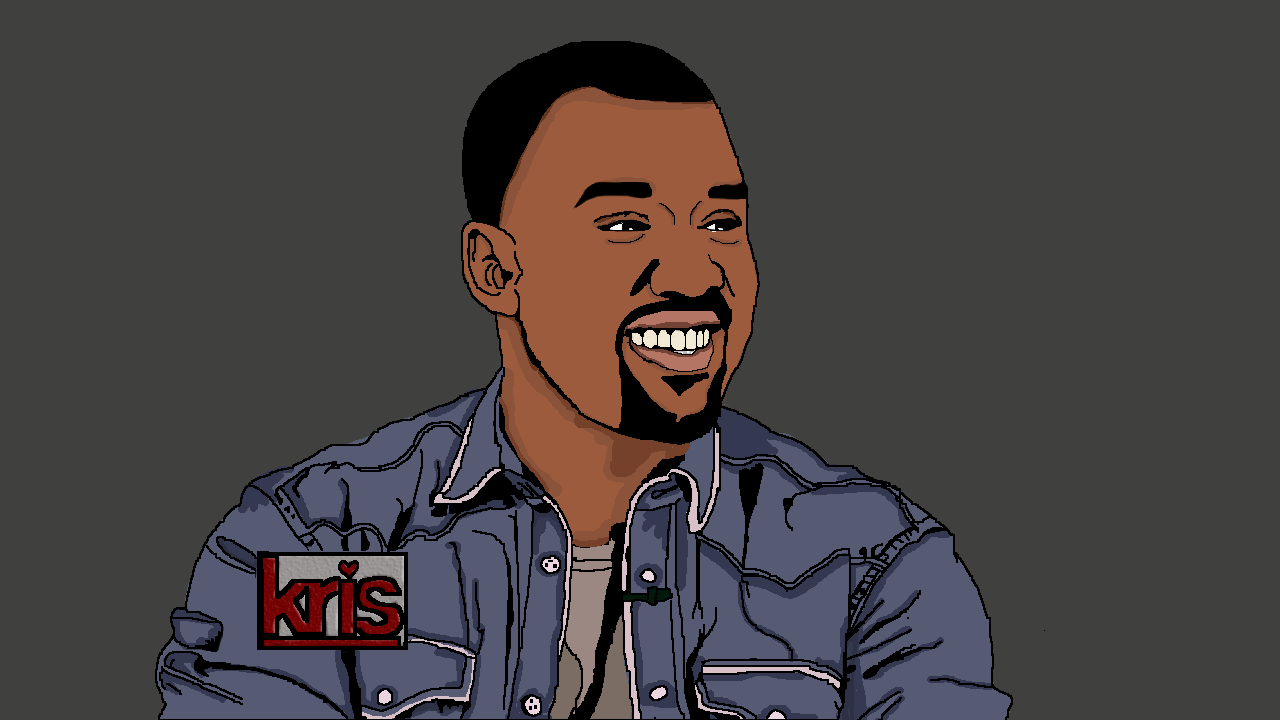
Students' Projects
These are some of my former students' work at the Foundation program at VCU-Qatar. Each project showcased the creativity and talent of the students, demonstrating their growth and development throughout the program. From making to digital illustrations, each piece reflected the unique style and vision of the individual student. It was truly inspiring to see the progress and success of each student as they honed their craft and prepared to move on to the next chapter of their artistic journey.
This project explores the cultural, social, and speculative contexts of human body modifications, including nails, hair, skin, and external body parts, and the perception of these modifications within a specific urban context and the surrounding environment. Visualize by sketches or illustrations the diversity of cultures in Doha and the individual backgrounds through out the observations of textures or urban features.
Rotoscoping is a technique where each frame of live-action footage is traced in order to get a perfect animated action. The name comes from the tool that was used to do this, a kind of projector where single images could be drawn over by the animator. This experiment was done with this form of animation using a previous video. One second from the video that shows an interesting action, and convert this to 12 still images (12 fps). Using Photoshop to trace over each image as a line drawing and then put them together to create an animated gif.
After creating an edited audio piece that describes three likes and three dislikes, now add images to those sounds. The video will have six different shots, each relating to one like or dislike (with a duration of around 5 seconds). Use a variety of different kinds of shots (distances and angles) and be specific about all the visual details. It will be important to pay attention to composition, lighting, and framing for each statement, as well as considering how the sequence works together as a whole. The visuals must match your audio composition.
Shadow puppetry is an ancient form of storytelling and entertainment that uses flat, cut-out shapes between a light source and a screen. The puppeteer makes these characters appear to move in many different ways through both the design of the puppets and the choreography of the performance. The movement of the puppeteer’s body translates to the movement of the character. This tradition is found all over the world, originating in Asia three thousand years ago. There are many parallels between this ancient form and contemporary performance and video—creative use of light, sound design supporting visuals, movement, and choreography—and it remains popular today.
We will experiment with making a shadow puppet show in class. Each student will design one character and develop its movement. You can choose to have the setting in the desert, the sea, or the city. Once you have designed your character, you can develop a short scene, also incorporating recorded sound.
What will Doha be like in 100 years? What will be different, and what will be the same? What problems might arise, and what are the new solutions?
Using the green screen studio, we will interact with these environments, shifting scales to insert ourselves into the dioramas. We will use a “live keying” monitor to see how we are relating to the constructed environment in real time, focusing on the performance in that space. Editing will be done in Premiere Pro to combine the video from the studio with photographic images of the diorama. The resulting video should be approximately one minute long and must include a sequence of at least five different shots.




